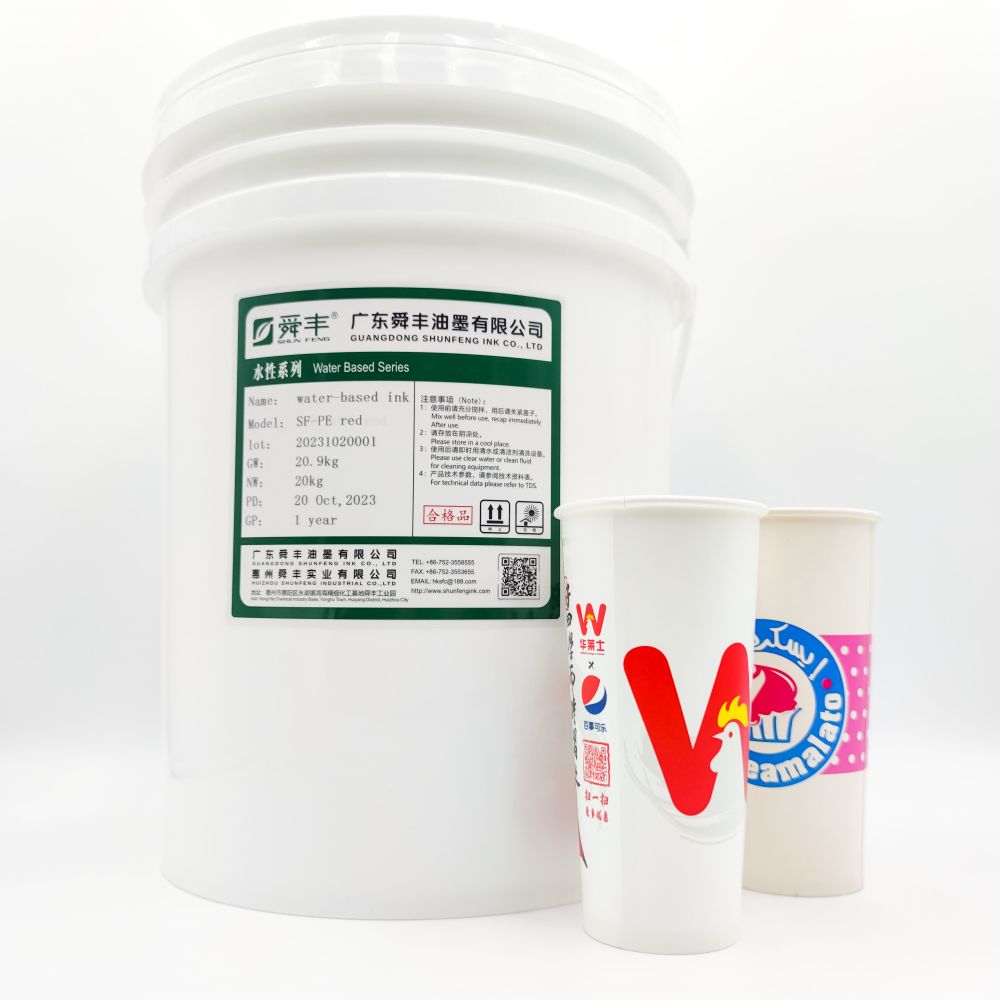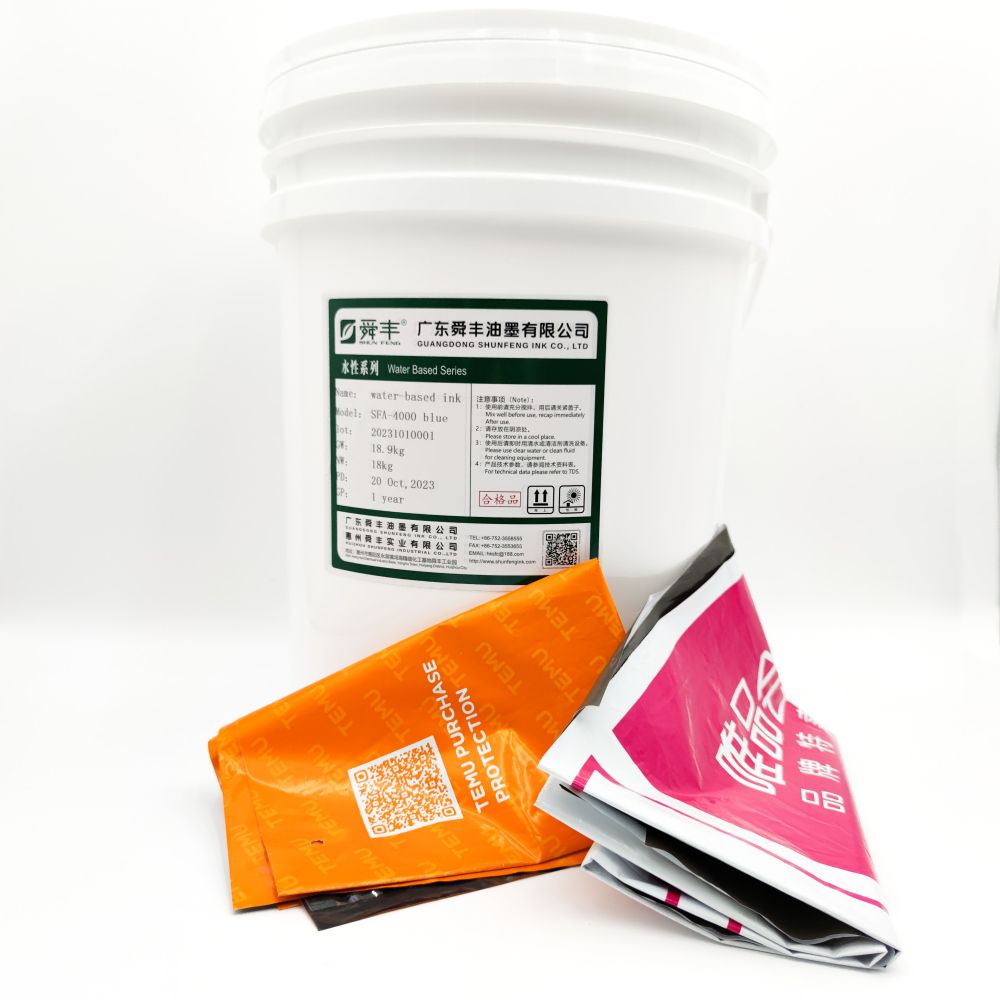Common Problems of UV Ink in Printing
Problem 1: Dots and the scraper appear on the anilox roller after scraping. When the printing machine is running at low speed, it is not easy to occur; when the machine is running at high speed, it is very easy to occur, and the higher the machine speed, the more obvious it is, and there is no rule to follow.
Solution:
1. Add an appropriate amount of alcohol (not more than 5%) to the ink, which will improve the ink's performance.
2. If the problem is caused by using a plastic scraper, it can be solved by replacing the scraper;
3. Filter the ink, which is caused by too many impurities;
The shaking of the scraper makes the scraper tight. By selecting hard materials and narrow-sized scrapers, ink spots can be avoided, the contact strength between the scraper and the mesh roller can be increased, or the base of the scraper or the pressure spring of the scraping knife can be replaced.
In conclusion, tightening the scraper and replacing the pressure spring will improve the strength effect. When two or more objects are combined, they both emphasize "adaptability." People often talk about printing capabilities, such as inks, raw materials, etc., but the relationship between the scraper and the mesh roller is also very important.
Problem 2: Block mesh, paste plate; The plate blocks a large amount of ink, and the dots are easily inserted into the graphics, also known as ink embedding.
Solution:
1. Replace the anilox roller;
2. Control the viscosity of the ink;
3. If the number of lines on the drum is too small or the number of printing lines is too high to match, consider remaking the plate;
4. Control the production environment: When the temperature exceeds 50°C, the plate expands by 1-3%, the hardness decreases, and the dot reduction rate decreases. Due to the expansion of the dots, it is easy to cause network blockage. The higher the temperature, the more difficult it is to control.
Problem 3: Pinholes, moiré, and improper printing.

Solution:
Mechanical pinholes, the ink does not completely contact the surface of the paper, or the viscosity of the ink is insufficient, the ink layer is too thin, and the coating is uneven. Ensure full contact between the two, otherwise, if the ink viscosity is moderate, it can be improved.
Chemical pinholes, the ink cannot completely wet the surface of the substrate, adding additives to solve;
The reason for the plate making is that the medicine is not washed but left on the picture of the plate. Clean the medicine.
Other factors affecting ink include:
Steel plate hardness: The hardness of the steel plate is generally 60-70 degrees. If the hardness is too low, it cannot completely restore its original characteristics.
Printing environment: It has a great impact on ink. As the ambient temperature rises, the ink undergoes denaturation and solvent volatilization, which is difficult to control. The plate temperature will also rise, and the plate will expand, soften, and deform, especially during tearing. More importantly, the deformation of the dots is more severe than any other graphic and text part, cannot be controlled, and the false printing rate after printing is also reduced accordingly.
Adding white ink to the ink will affect the drying of the ink because light conduction is blocked. At this time, the addition of additives does not work, and new ink needs to be replaced to solve the problem. Therefore, it is recommended to try not to add too many additives to the ink. Adding additives can solve some problems encountered in the printing process, but if not controlled well, other problems may occur. Water-based inks change quickly when additives are added, and the removal speed is also fast. UV inks are different. To ensure printing quality, it is best not to add too many additives.
Flexographic inks have their limitations, and it is difficult to achieve the same effect as other printing methods in terms of color, saturation, etc.
Solution:
Mechanical pinholes, the ink does not completely contact the surface
Stay tuned to Shunfeng Ink for further insights into water-based inks, UV inks, and water-based varnishes.
Shunfeng Ink: Elevating Printing Colors to Unprecedented Heights of Safety and Environmental Friendliness.
For more information and products related to printing ink, please leave your questions and contact information.











